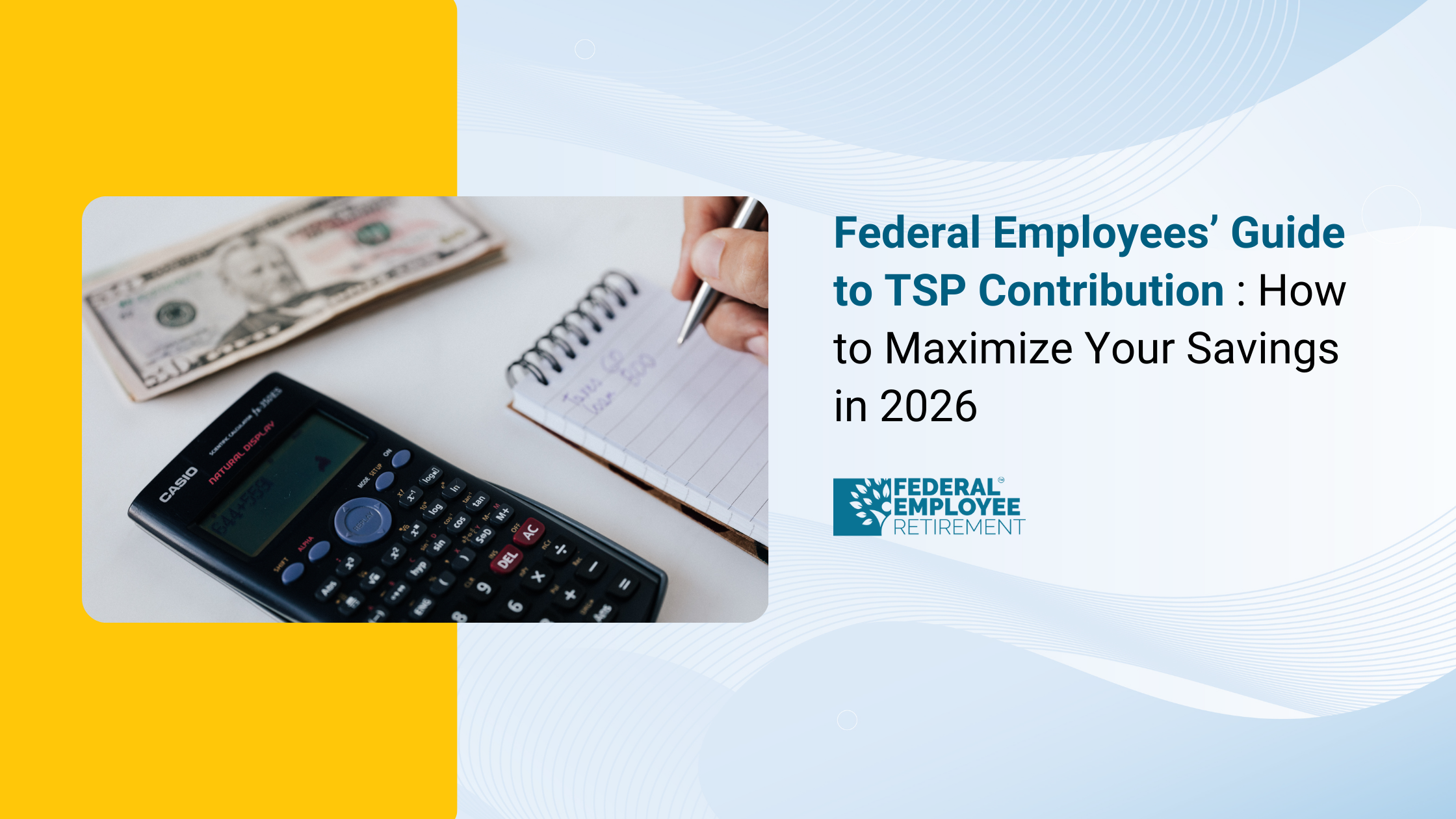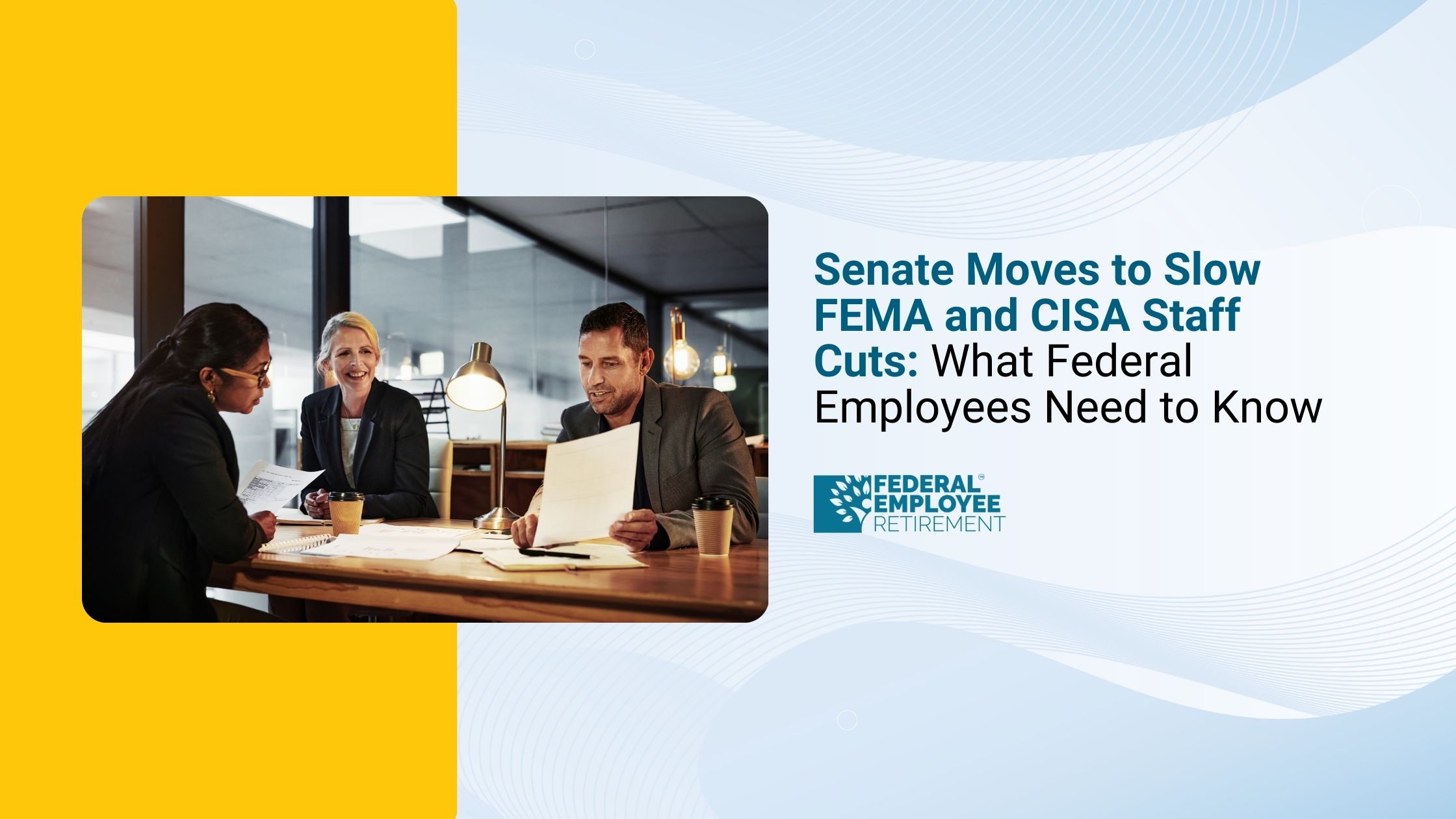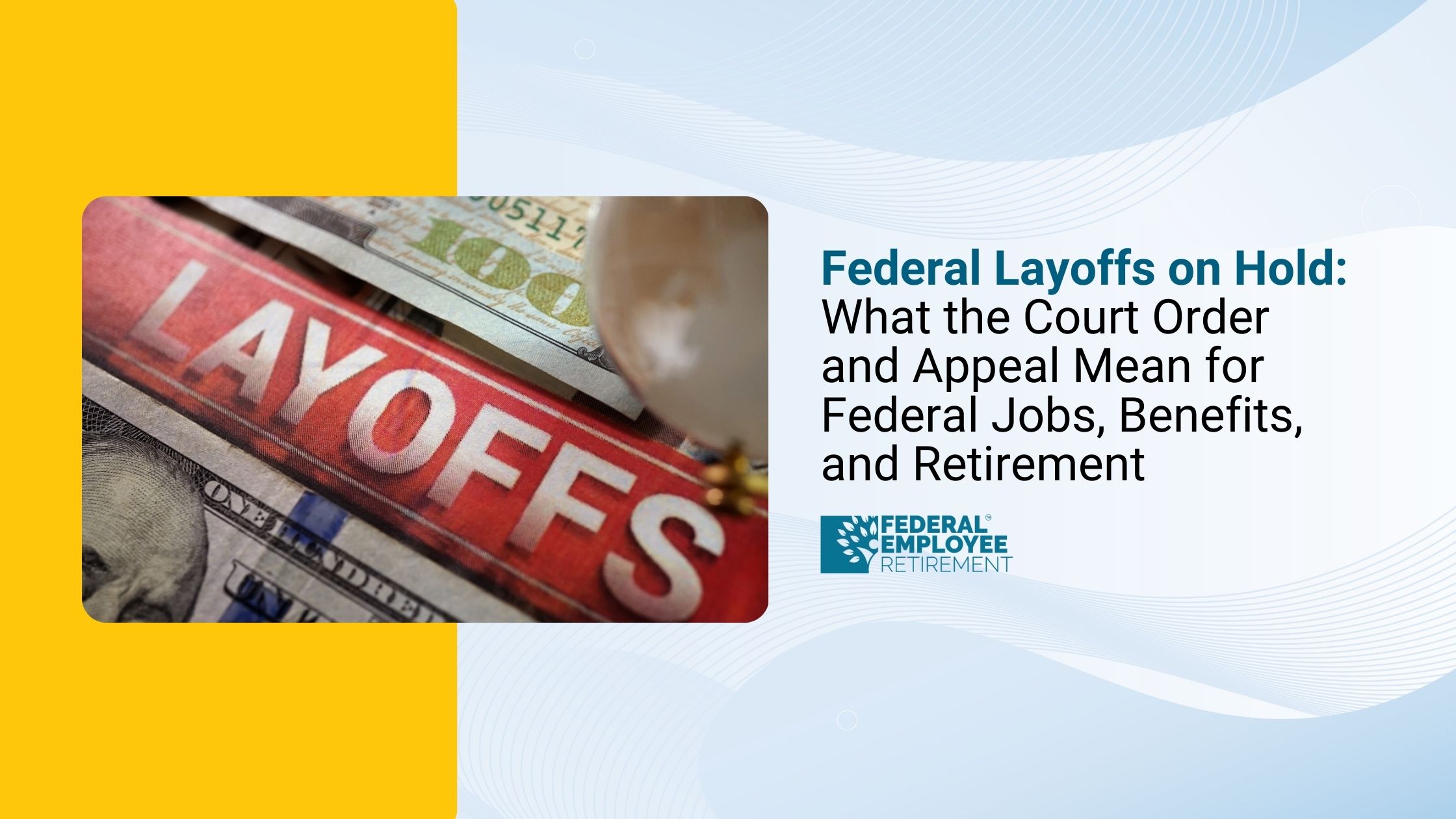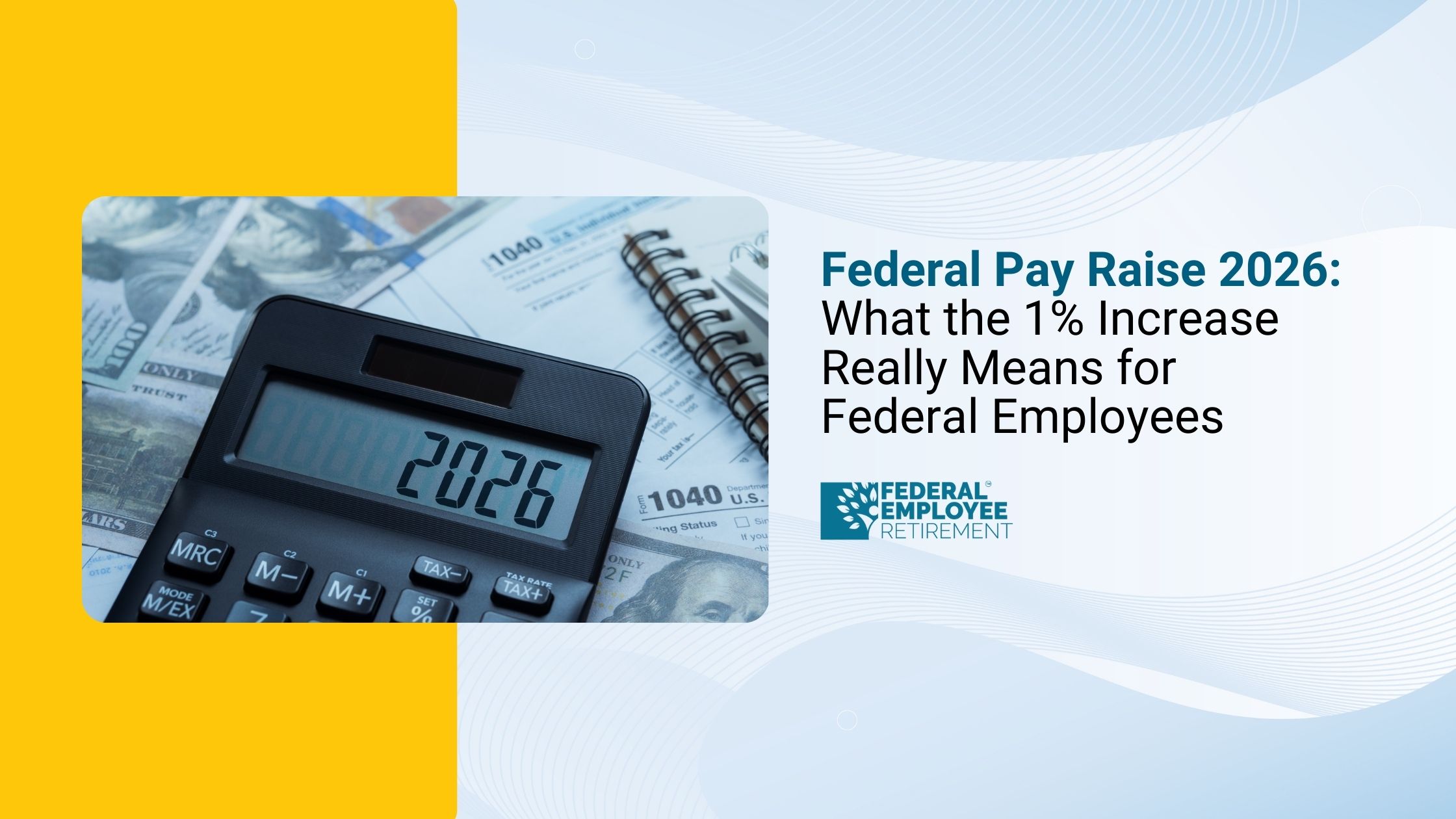You’re not alone; 4,359 federal employees booked their free review.

United States Postal Service Early Retirement: USPS Guidelines
The United States Postal Service (USPS) recently launched a one-time Voluntary Early Retirement (VER) incentive, offering eligible employees a compelling opportunity to step away before the traditional age or service thresholds.
United States Postal Service Early Retirement is effective through April 30, 2025, this initiative features a $15,000 lump-sum incentive and aims to rightsize the workforce during a period of financial and operational restructuring.
Here's an in-depth look at what this means for USPS employees.
1. Who's Eligible
Not every postal worker is eligible for united states postal service early retirement. Eligibility is based on both your age and years of service.
If you are under FERS or CSRS, you may qualify if:
- You are 50 years or older with 20 years of service, or
- You are any age with 25 years of creditable service
To be eligible, you must be a career employee in one of the approved crafts or positions. USPS selects certain roles and facilities based on operational needs. Non-career employees, EAS positions, and some crafts like city/rural carriers are often excluded from these offers.
2. What’s the Incentive?
The current USPS early retirement offer typically comes with a financial incentive. In some recent VER offers, USPS has provided:
- A $15,000 bonus, usually split into two payments (for example: $10,000 one year, $5,000 the next)
- No reduction in years of service, even though you're leaving early
While the exact figures and terms can vary depending on the year and union agreements, these incentives are designed to encourage eligible employees to retire voluntarily and free up positions for restructuring.
3. How to Apply & Deadline
If you are eligible, you will receive a VER offer letter from USPS, either by mail or through your LiteBlue account. Here's what the application process generally looks like:
- Review your offer carefully — it will include your eligibility, estimated annuity, and available dates
- Complete the required forms via eRetire or your HRSSC (Human Resources Shared Services Center)
- Submit your decision by the specified deadline — missing it means forfeiting your eligibility
- If you change your mind, there’s usually a revocation window to withdraw your application
The retirement date offered is often fixed (like April 30), so plan accordingly.
4. Pension & Financial Impacts
Early retirement affects your pension in multiple ways, especially depending on whether you're in CSRS (Civil Service Retirement System) or FERS (Federal Employees Retirement System).
- CSRS: May incur a 2% reduction for each year under age 55 (TSP rule 55)
- FERS: You may lose access to the Social Security supplement if you don’t meet the age/service requirements
Additionally:
- Unused sick leave can count toward additional service credit
- Your annuity may be smaller due to fewer years worked
You’ll still have access to your Thrift Savings Plan (TSP), though early withdrawal rules may apply
5. Benefits in Retirement
If you are planning to retire early, it’s important to ensure you qualify to carry over key benefits:
- Health Insurance (FEHB): You must have been enrolled for at least 5 years before retirement to keep it
- Life Insurance (FEGLI): Can continue post-retirement, but premium costs may increase
- TSP (Thrift Savings Plan): You keep control over your account, but early withdrawals before age 59½ may face penalties
- Social Security Supplement: For FERS retirees under age 62, this supplement may bridge the gap until full Social Security kicks in
Check if you are required to enroll in Medicare after retirement, as changes under the Postal Reform Act may affect eligibility.
6. Caps & Craft Limitations
Even if you are eligible by age and service, not all employees are guaranteed approval. USPS may set caps based on location or craft, such as:
- Limiting early retirements to 10–12% of a specific unit or facility
- Prioritizing those with more years of service
- Excluding entire crafts like city carriers, rural carriers, or certain administrative roles
This means that even if you qualify, your request may be denied if too many employees in your group have already opted in.
7. What Happens Operationally
VER is part of USPS’s broader strategy to reduce workforce numbers without mass layoffs. When many senior employees retire early:
- USPS may restructure routes and duties
- Remaining staff could see increased workload or changes in roles
- New hires or temporary employees (PSEs) may backfill vacated positions
- Rural and small-town post offices might experience staffing challenges or delivery delays

8. Pros & Cons
Pros of United States Postal Service Early Retirement
- Financial Incentive (Bonus)
You may receive a lump-sum bonus (e.g., $15,000) split over two years an immediate cash benefit that adds value to your retirement decision. - No Penalty for Leaving Early (if Eligible)
Unlike quitting, early retirement through VER lets you leave with an annuity without requiring a minimum retirement age (if you meet service requirements). - Health Insurance Continuity (FEHB)
If you've been enrolled for at least 5 years, you can carry your federal health plan into retirement a major benefit considering rising healthcare costs. - Time Freedom
Gain the flexibility to travel, start a second career, care for family, or simply enjoy your time without rigid work hours. - Escape Restructuring Uncertainty
Retiring now might be better than staying during potential postal reorganization, role changes, or workload increases. - Potential for Social Security Supplement (FERS Only)
If under age 62 and eligible, you may receive a temporary supplement until your regular Social Security starts.
Cons of United States Postal Service Early Retirement
- Smaller Pension Check
Leaving earlier means fewer years of service, which directly impacts your monthly annuity. Under CSRS, retiring before age 55 may also reduce it by 2% per year. - Loss of Income-Earning Years
Early retirement cuts off future earning potential and TSP contributions — important for those not fully financially prepared. - Healthcare Gaps (if Ineligible)
If you haven’t had FEHB or FEGLI for 5 consecutive years, you can’t carry them into retirement — meaning you may need private coverage. - Potential Craft/Location Caps
Even if eligible, you may be denied if your role or location has hit the acceptance limit. - No Career Re-entry Guarantee
Once retired, returning to USPS or another federal job is not guaranteed — especially with budget constraints. - Tax Considerations
Your bonus and annuity may push you into a higher tax bracket temporarily, especially if taken alongside TSP withdrawals.
9. Steps to Decide
If you are seriously considering USPS early retirement, here’s a checklist to guide you:
- Verify eligibility with HRSSC or via eRetire
- Request an annuity estimate to understand your pension
- Consult with a financial advisor to check your long-term security
- Review your FEHB and FEGLI eligibility
- Plan for medical coverage transitions (especially Medicare)
- Understand tax implications of the bonus and pension
- Discuss with family or dependents—especially if income loss impacts them
- Have a Plan B in case the VER doesn’t get approved due to craft caps
Final Thoughts
United States Postal Service early retirement can be a welcome opportunity for those ready to transition to a new phase of life. But it's not a decision to make lightly. From pension impacts to health insurance considerations and strict application timelines, every detail matters.
If you're considering this route, start planning now. Request your numbers, consult with the right people, and be ready to act when the offer lands.


Get Updated
Subscribe to our weekly updates for the latest on retirement planning, federal benefits, exclusive webinars, and more!
Download Federal Retirement: Step-by-step Checklist
This comprehensive guide will help you understand your federal benefits, optimize your savings, and plan for a comfortable future.



.png)








